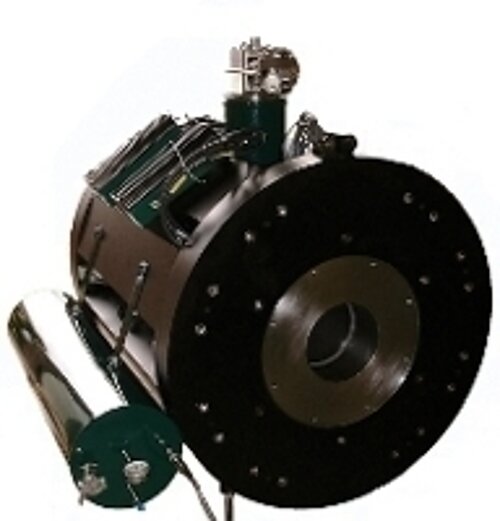Superconducting magnets

A superconducting magnet is an electromagnet consisting of coils of superconducting conductor material. In the superconducting state, such a material no longer has any measurable electrical resistance and can therefore conduct much larger electrical currents than normal wire. Since the resulting magnetic field is directly related to the generating current, very high magnetic fields can be generated with such superconducting magnets.
All known superconductors have a so-called transition temperature Tc, below which they change to the superconducting state. This transition temperature depends on the material. In the case of "conventional" superconductors, it is approximately in the range of the temperature of liquid helium (LHe), and in the case of the so-called high-temperature superconductors, it is approximately in the range of liquid nitrogen (LN2). The superconductors must be cooled to the required cryogenic temperatures during operation. This cooling can be done either by LHe or LN2, or with a suitable cryocooler.
Operation of superconducting magnets can compare favourably to non-superconducting magnets, since virtually no energy is dissipated as heat in the coils. These magnets are used, for example, in MRI machines in hospitals and in scientific equipment such as NMR spectrometers, mass spectrometers, fusion reactors and particle accelerators. Another application is the magnetic levitation train (Maglev).
